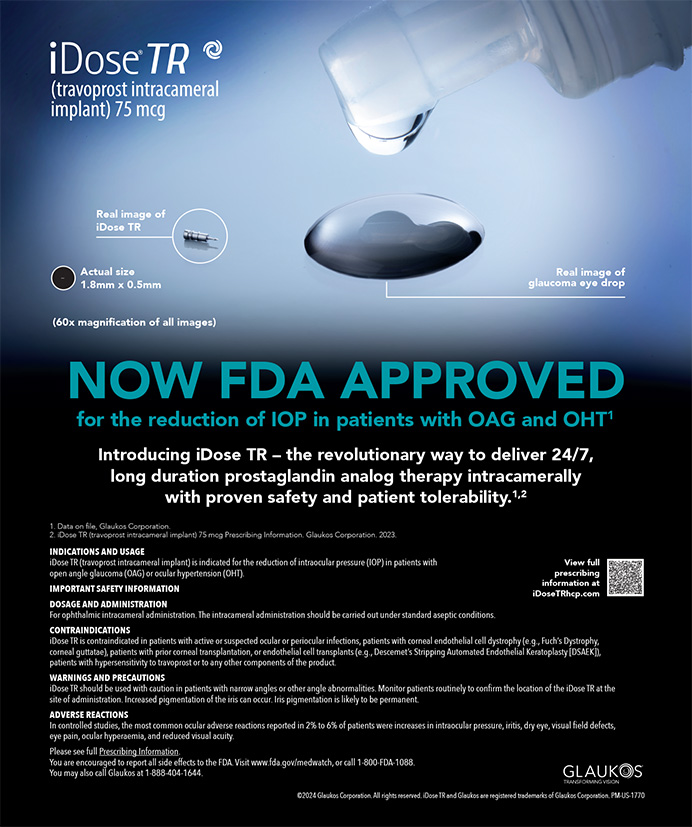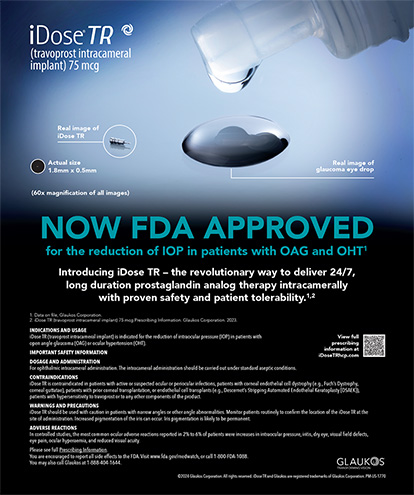Costumed superheroes abounded at the recent ASCRS Challenge Cup, but let me tell you about a real life ophthalmology superhero who, like Peter Parker, might have seemed the unlikeliest of candidates. Jennifer Staple was a freshman at Yale University when she became interested in the detection of early glaucoma while working one summer in a private ophthalmology practice. She approached the medical school's ophthalmology department about her interest in volunteer work or research. As a lowly undergraduate, however, she was assigned to filing charts and serving coffee in the clinic's reception area. Meanwhile, she recruited a few fellow students to serve as volunteers for vision screenings at soup kitchens in New Haven, Connecticut. They educated whoever would listen about the importance of eye examinations and used their cell phones to schedule appointments on the spot through the National Eye Care Project's toll-free number.
Jennifer's student organization was called Unite for Sight (UFS), and she eventually started contacting other universities' student affairs offices about forming similar groups. Through phone calls, campus visits, and a training manual and video, she taught others how to duplicate her model of a student-volunteer vision-screening program for the underserved. Today, there are UFS chapters at 55 universities and medical schools in the US.
Through her Web site, www.uniteforsight.org, Jennifer began to receive international inquiries about duplicating her student organization abroad. Having been accepted to Stanford Medical School, she contacted Stanford ophthalmologist Peter Egbert, MD, who has been volunteering in Ghana for 2 decades. Many American ophthalmologists volunteer at eye hospitals throughout the developing world. Through her firsthand experiences and discussions with ophthalmologists, however, Jennifer recognized an opportunity for lay volunteers like herself to assist in organizing and staffing eye camps and clinics. UFS has since arranged visits by more than 800 volunteers to its 13 international partnering eye clinics in Ghana, Thailand, and India. Each non-MD volunteer pays his own travel expenses and is required to raise at least $1,400 for the clinic that he will visit.
Jennifer's first UFS conference in 2004 drew 100 people. This past April, I was one of many speakers at the fourth annual UFS conference at Stanford that drew 1,500 attendees from North and South America, Africa, and Asia. Geoffrey Tabin, MD; Dunbar Hoskins, MD; Bruce Spivey, MD; Paul Sieving, MD; Bradley Straatsma, MD; and Jeffrey Sachs, PhD, highlighted a Who's Who of international ophthalmic leaders. More than $90,000 was raised for charitable eye care abroad. Although the focus of the 2-day meeting was fighting blindness in the developing world, topics such as AIDS and maternal-infant health were included to promote an interdisciplinary exchange of ideas.
I was most excited by how many undergraduate and medical students were interested in international humanitarian eye care. Incredibly, the entire conference was organized and advertised by word of mouth over the Internet by Jennifer, a second-year medical student. Student volunteers moderated the sessions and ran the registration and audiovisual equipment. There were no mailings or advertisements, and, unless you count her mother, Jennifer has no staff. With virtually no administrative overhead, 98 of the UFS funds raised go directly to the international eye clinics.
For this issue, I asked this amazing person to describe her inspiring organization. How often have we heard, "you can accomplish anything you set your mind on doing"? If one student can make such a difference, maybe you and I can as well.


